
Hi,
my name is Jan Rosenboom, I am 28 years old and recently finished my Phd in inorganic chemistry.
Microscopy has been one of my hobbies and biggest passions for a long time now. All started when I got my first microscope from my parents as a kid and was instantly captivated by the microscopic world. Soon after, aged about 15 I bought my first “real” instrument, a more than 50 year old Zeiss microscope and quickly got into image stacking and insect photography.
For the next years I basically photographed every insect I could using my old Zeiss microscope and an ever expanding collection of objectives etc.
I started taking part in photography competitions and one of the highlights was definitely when I was awarded the 4th place in Nikon Small World 2019 with a photo of a mosquito.
A few years ago I saw a photo of one of the beautiful diatom arrangements by J.D. Möller and made it my mission to also create such diatom slides. Little did I know then what was ahead of me.
I soon started making diatom arrangements myself and embarked onto a journey into diatoms, patience, steady hands, beauty of nature but also failures.
Thanks to the help of a good friend from Hamburg 😉 I managed to make quick progress and stay sane even when I sometimes destroyed the work of dozens of hours of diatom arranging with the tip of a finger.
To this day I am fascinated by the myriads of forms diatoms can take and look at them almost every day through my microscope.
Besides microscopy I love chemistry, climbing and reading.
What is image stacking? / Was ist Focusstacking?
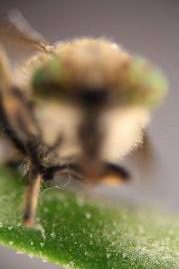
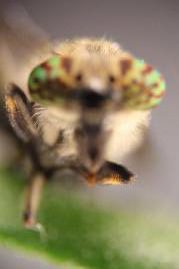
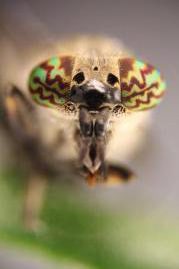
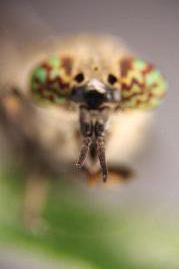
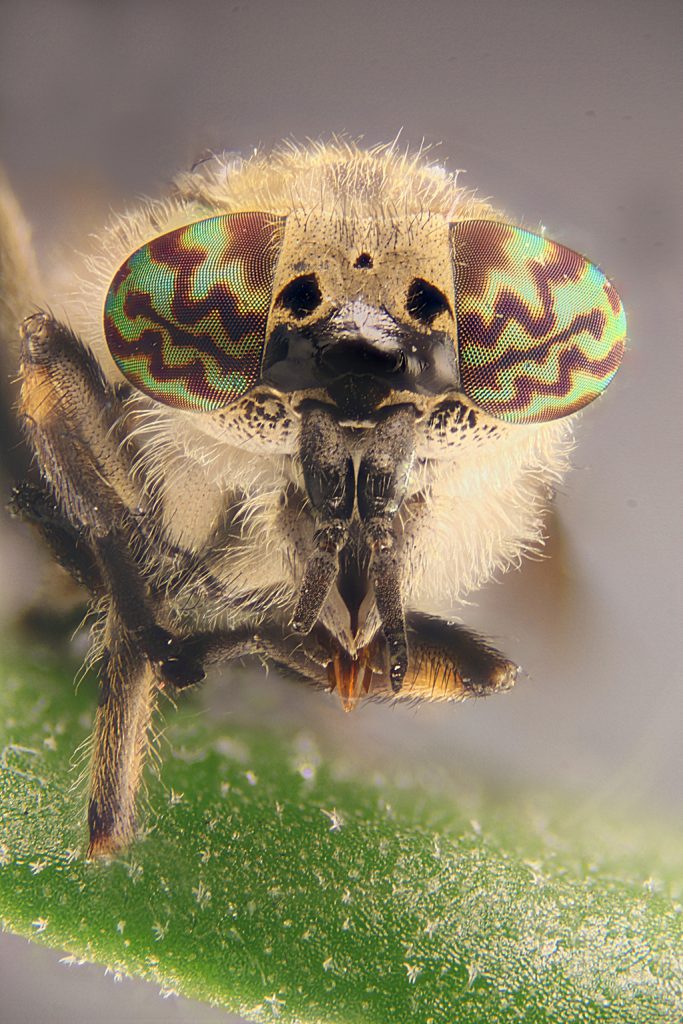
In a normal microscopic photo, only a narrow area of a three-dimensional object such as an insect or a diatom is in focus. Only a thin layer is sharp and the further away parts of the object are from this layer, the more blurred they appear. In focusstacking, a large number (up to several hundred) of photos of the object are taken at different sharpness settings and processed by a computer programme to produce a completely sharp overall image.
The object is scanned from top to bottom with the help of the microscope’s focus drive until every layer is captured. Then stacking software recognises the sharp areas of the individual images and stacks them into a single, completely sharp photo. Since up to several hundred raw photos with very small distances are used for a single shot, the programme needs a time of up to several hours to calculate such a sharp final image, depending on the distance between and thus the number of raw photos.
Bei einem normalen mikroskopischen Foto wird lediglich auf einen schmalen Bereich eines dreidimensionalen Objektes wie eines Insektes oder einer Diatomee scharfgestellt. Nur eine dünne Ebene ist scharf und je weiter Teile des Objektes von dieser Ebene entfernt sind, desto unschärfer erscheinen sie. Beim Focusstacking werden nun sehr viele (bis zu mehrerer hundert) Fotos des Objektes in verschiedenen Schärfeeinstellungen angefertigt und mit einem Computerprogramm zu einem vollständig scharfen Gesamtbild verrechnet.
Das Objekt wird mithilfe der Triebe des Mikroskops (grob und fein) von oben bis unten durchwandert bis jede Ebene festgehalten ist. Danach erkennt ein Computerprogramm die scharfen Bereiche der einzelnen Bilder und stapelt diese zu einem einzigen, vollständig scharfen Foto. Da für eine einzige Aufnahme sehr biele Rohfotos mit sehr geringen Abständen verwendet werden, benötigt das Programm für das Errechnen eines solchen scharfen Endbildes eine Zeit von bis zu einigen Stunden je nach Abstand und damit der Anzahl der Rohaufnahmen.